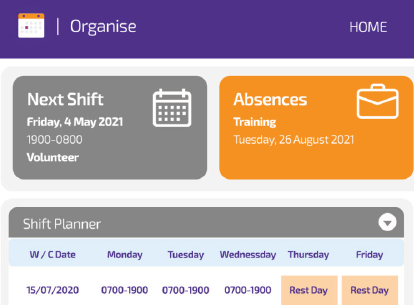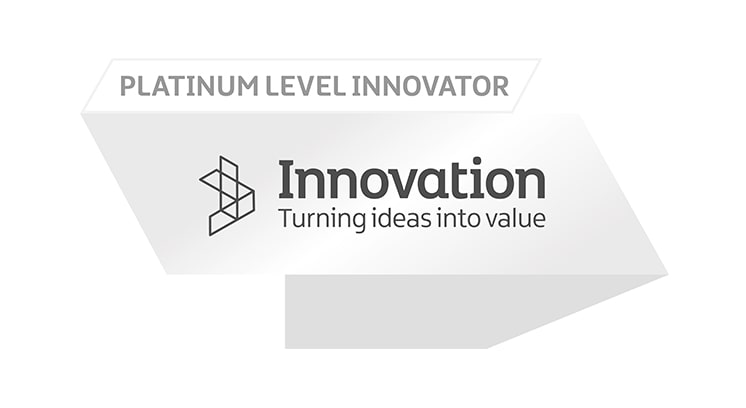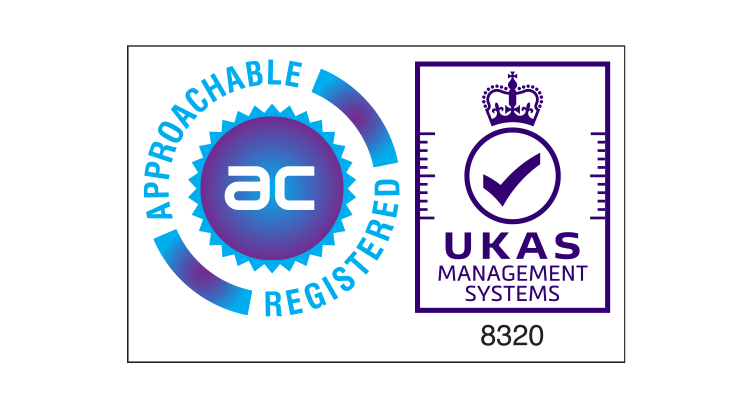
Future of Shift Work: Shift planning and rostering like a boss
Moving away from spreadsheets and inadequate systems
Effective shift rostering is vital to running a productive organisation with a happy, healthy workforce.
However, these aspects of shift work are often managed using systems, processes and software for time and attendance, HR and payroll that are simply not fit for purpose. This capability gap frequently leads to shift work being organised by spreadsheets…hardly a recipe for success.
The world of work is changing rapidly. You’ll need to adopt increasingly flexible workforce management approaches and software to respond quickly to change and meet employee expectations around working conditions.
In this instalment of our Future of Shift Work insight series we’ll be taking a closer look at shift planning and rostering best practice and technology. We’ll explore in detail how this will help you maintain a successful shift working environment now and over the coming years.
What are the fundamentals of shift planning and rostering?
What is shift planning?
What is rostering?
Behind these simple definitions are nine important elements which influence the success of shift planning and rostering:
1. Demand & Capacity Planning
2. Shift Pattern Design
3. Rostering
4. Employee Scheduling
5. Absence Management
6. Employee self-service
7. Time & Attendance
8. Compliance Checks
9. Workforce Analytics
Arrange a session with one of our experts where you can discuss the challenges you face and talk in broad terms about potential solutions and next steps.

What benefits can be delivered via best practice shift planning and rostering?
Increased Productivity & Efficiency
Less Absence
Reduced Administration
Improved Retention
Compliance Assurance
Better Accuracy
Reduced Costs
More Flexibility
Futureproofing
What are the most common rostering challenges?

We’ve grouped the most common rostering challenges under three areas…
1. Shift work
- Difficulty making changes: Even simple tasks like incorporating a new shift pattern can take you days, if not weeks, and can lead to system instability.
- Limited visibility: Getting a handle on who is working, or what their availability is going forward, is either impossible or very time consuming and frustrating.
- Non-standard shift patterns: The system is unable to deal with night shifts, seasonal patterns or custom variants (i.e. patterns for working parents), leading to these being managed in shadow spreadsheets.
- Compliance assurance: It’s difficult to roster compliantly because you can’t automatically see how many hours an individual has worked over a given period (including overtime).
- Holiday complexity: Holiday management is handled using paper forms and spreadsheets, making it hard for you to check cover status and account balances. This challenge is often compounded when holidays need to be managed in hours as well as days (something which requires costly bespoke development in many software systems).
- Shift swapping: Team members wanting to swap shifts creates a huge admin burden as many factors need to be checked manually each time (cover, skills alignment, working time regulations compliance, pay rates etc).
2. Technology
- No single system: Data needs to be manually inputted across a ‘hotchpotch’ of non-specialist software and spreadsheets every time there is a change, taking time and frequently leading to errors.
- No integration: Your rostering system doesn’t automatically ‘talk’ to other software, meaning you constantly manually extract and upload information to ensure people are paid accurately and other departments are kept up to date.
- Poor usability: The system is clunky, frustratingly difficult to use, can only be accessed from one office-based computer and is slow to load or action changes.
- Access to upgrades: The process of upgrading legacy rostering software is costly, painful, risky and you are always promised the functionality you really need will be “in the next version”.
- Little ROI: The cost of maintaining and upgrading your software is high, new features are infrequent, expensive to buy and hard to implement.
3. Flexibility
- Rigid frameworks: You cannot optimise shift work as the system struggles to deal with new shift patterns, rotas, rosters or rules (e.g., changing holidays from days to hours when moving from 8 hour to 12 hour shift patterns).
- Lack of customisation: Key daily tasks cannot be automated or configured to your environment, so you end up having to adapt processes to fit the software’s limitations.
- Speed of response: Any system changes cannot be configured by you and often take the software supplier months to process.
- A lack of insight: Any contact you have with the software provider is either with a salesmen or technical help when there is a problem. Neither understand shift work, optimised shift planning and rostering or how to overcome the limitations of their system.

What does good shift planning and rostering look like?
Forward planning:
Visibility:
Lean processes:
Agility:
Demand alignment:
Arrange a session with one of our experts where you can discuss the challenges you face and talk in broad terms about potential solutions and next steps.
What can SaaS Workforce Management deliver?
The emergence of SaaS technology has enabled Totalmobile to revolutionise shift planning, rostering and workforce management.
Many of the specialist tools you need to shift plan and roster like a boss can now be accessed via the cloud version of Organise which delivers significant benefits over spreadsheets or legacy on-premise software.

Data
Spreadsheets & legacy software
SaaS Workforce Management
Automation
Spreadsheets & legacy software
SaaS Workforce Management
Security
Spreadsheets & legacy software
SaaS Workforce Management
Cost
Spreadsheets & legacy software
SaaS Workforce Management
Access
Spreadsheets & legacy software
SaaS Workforce Management

10-point checklist to appraise your shift planning and rostering system
1. Forward look
2. Optimised scheduling
3. Automation
4. Compliance
5. Live balances
6. Self-Service
7. Cloud benefits
8. Integration
10. Insights
What now?
Our shift work experts are keen to help you ensure your shift planning and rostering like a boss by sharing more best practice insights with you.
- Shift Planning Clinics: Arrange a free remote, hour-long 1-2-1 session with our experts to confidentially discuss your shift work challenges.
- Demo: Arrange an online demo of the shift planning, rostering and workforce management tools in our industry-leading cloud software Organise. Developed using our 30 years’ experience as the UK’s leading authority on shift work, it has been designed from the ground up to help you shift plan and roster like a boss.







